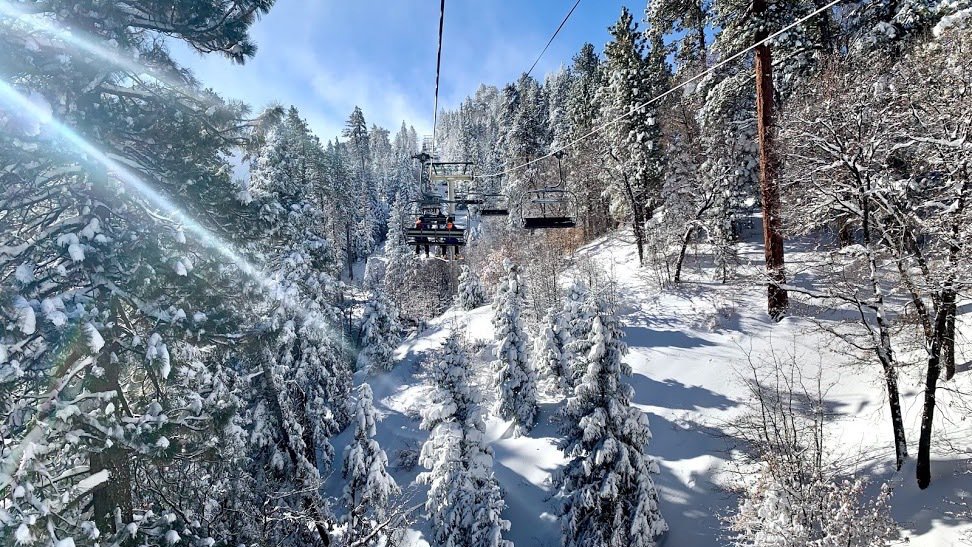If there is one thing this generation learned from social media, it is how to be bold. It influences the slang we use, the clothes we wear, and now more than ever, the activities we choose to do - even if those activities include putting your life into the hands of Mother Nature.
We have all come across sponsored athletes, wishing we could live their gnarly lifestyles for even just a day; And in the age of constantly watching those athletes exceed so many physical accomplishments, it has become the norm to push insane boundaries. Though, humans are not superheroes or robots, we break and oftentimes we do not think about the hazardous costs of breaking during the least convenient of times. With so much urge to be top tier by any means possible, is the internet fueling all these extreme sports an overall good or bad thing?
Unarguably, physical activity carries a great deal of obvious and underlying mental and physical benefits. A study from the Proceedings of the National Academy of Sciences found that people who took a 90 minute walk in nature experienced less overthinking and less brain activity in the subgenual prefrontal cortex, the part of the brain linked to the manifestation of mood disorders. Not to mention the muscular and cardiovascular benefits, both notable factors in reducing obesity (which claims over 2.8 million lives worldwide yearly) and heart disease (which claims over 17.9 millions lives worldwide yearly.)
Although with the health benefits, injuries and fatalities are an unfortunate inevitability in the world of sports. Especially with an increased participation in extreme activities comes the greater likelihood of them not going always as planned. Avalanche deaths in the United States went from 2 in 1950, to 23 in 2020. The bulk of the deaths from 2010-2020 being backcountry tourers and snowmobilers, creating an accumulative total of 152 fatalities. BASE jumping deaths in the U.S. went from 2 in 1990 to 16 into 2010. Rock climbing deaths in the U.S. was reported to be 19 in 1960, to 37 in 2015.
As the numbers of fatalities and participation rises in sports that used to rarely be heard of, it is no doubt that the internet has played a role in publicizing these activities. As of March 2021, RedBull has an Instagram following of over 14 million people on one account alone, in which they display athletes pulling off unimaginable stunts. Companies who sponsor these experts in adrenaline are not uncommon either, and they come with millions more of online following by people who take a rooted interest in the extraordinary.
While social media does encourage the participation in extreme sports, the likelihood of injury and death is existent but not common. The chances of death for skydivers is 1 in 101,083, 1 in 15,700 for hikers, and 1 in 34,400 for scuba divers. More than likely, the many benefits of enjoying the outdoors far exceed the potential dangers. What is important is to learn how to assess your surroundings, always prepare for an emergency, and know your limits - all things the internet is willing and able to teach.
As a former skier and current snowboarder who prefers riding off piste, and a long time rock climber who would rather climb outdoors than in a gym; Watching all of these adrenaline-filled mountaineers online has indeed further encouraged me to pursue the greatest extent of my skill levels for each of these hobbies.
From a young age, my father got me into skiing and climbing, there is no doubt that I would have continued to maintain mountaineering skills; However to potential surprise, the techniques displayed online have made my endeavors and adventures safer though a professional’s take on awareness of weather conditions and safety precautions. Not only has the increased presence of these extreme sports on social media benefited me directly, but it constantly makes me thrilled that this generation is getting exposed to alternate ways to have fun in a modern world where drugs are made out to be one of the few of many unhealthy ways to escape a crumbling reality.
With a high reward and high risk associated with journeying into the outdoors, the question remains: how righteous is it to encourage people to participate in outdoor activities that push them into dangerous territory? Evidently the answer is up to the adventurist. While risk can be statistically calculated, no matter what statistics say, it will always be an individual calculation of risk people determine for themselves that pushes them into uncharted territory.
Wishing y'all safe stomps & hefty hucks,
Dachel Fohne :)
IG: @adventure_tick
Website: dachelwrites.wordpress.com


Comments